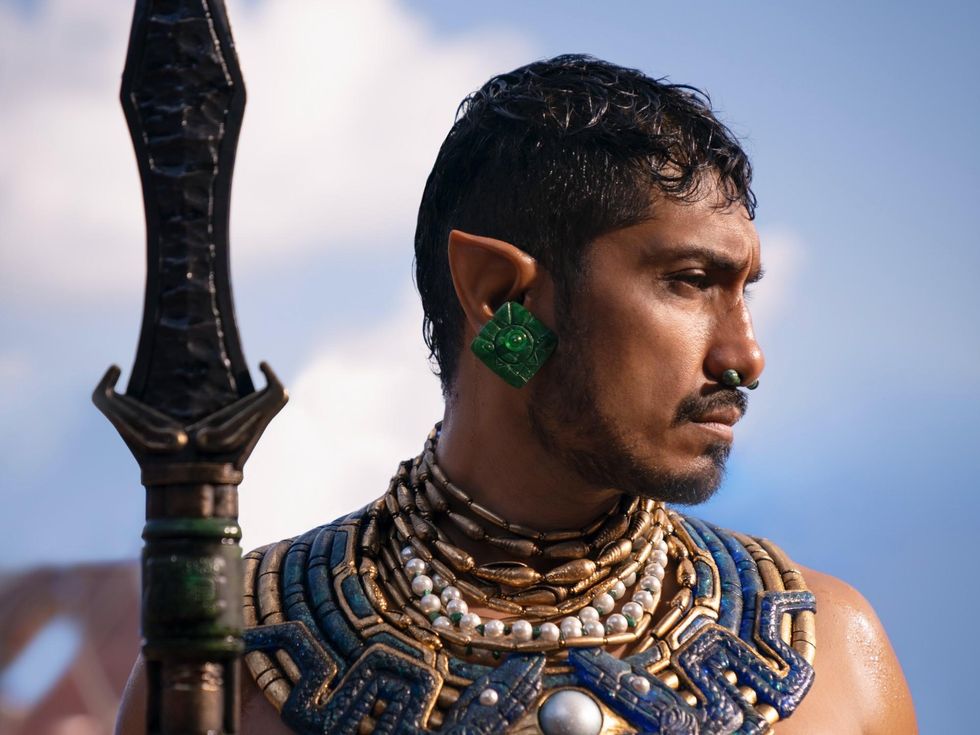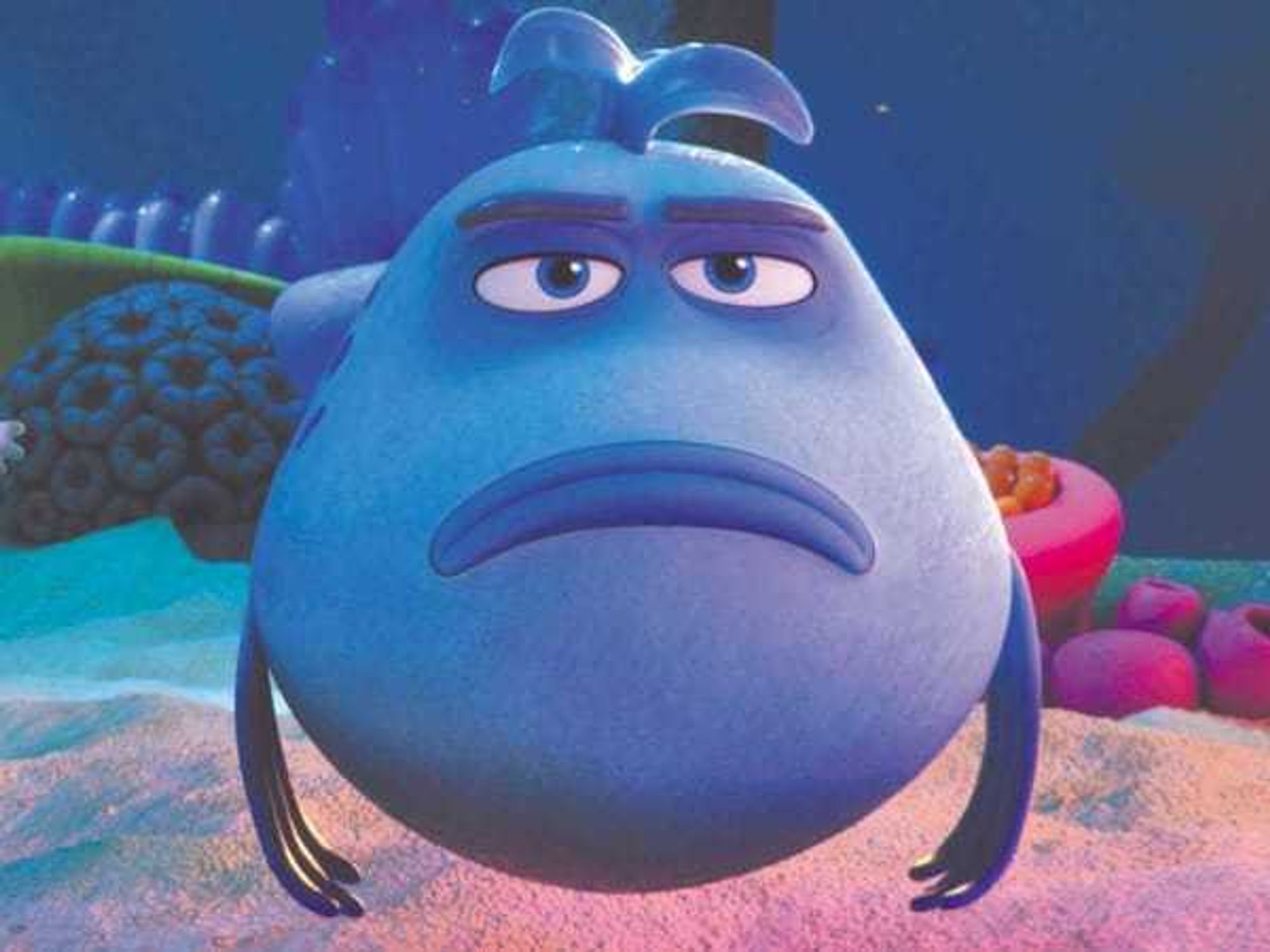Movie Review
Black Panther: Wakanda Forever wears its emotions on its sleeve
The Marvel Cinematic Universe and writer/director Ryan Coogler find themselves in almost an impossible position with the long-anticipated Black Panther: Wakanda Forever. The death of star Chadwick Boseman in 2020 left a gaping hole in both the ongoing MCU and in Coogler’s story plans for this film, which likely had to be mostly scrapped in the absence of his character, King T’Challa.
And so, like much of the MCU’s Phase Four films, Wakanda Forever feels tenuously patched together. Coogler and co-writer Joe Robert Cole address the elephant in the room right away, starting the film with T’Challa’s (off-screen) death, a sequence that is as elegantly handled as possible. It is the first of multiple times in the film that characters like his sister Shuri (Letitia Wright) and mother Ramonda (Angela Bassett) grapple with the loss, moments that never fail to bring big emotion into the film.
At first, it feels like the film’s main storyline will be successful, introducing a new group of beings, led by Namor (Tenoch Huerta), who live underwater in a country they call Talokan. Like Wakanda, they live in an area that’s rich with vibranium, which makes their deep-sea land a target for countries eager to be on a level playing field with Wakanda. Naturally, they defend their territory at all costs, with the mysterious nature of the Talokans leading to them being confused for Wakandans.
Early conflicts between the Talokans and Wakandans are suitably entertaining, with the Talokans – featuring blue skin, masks filled with water to be able to breathe at all times, and possible regenerative properties – seemingly indomitable. But as the film goes along, and especially in the final act, the battle scenes become repetitive and filled with subpar CGI that takes the viewer out of the necessary escapism mode.
The film works best when it returns to the personal aspects of the story. Without the presence of T’Challa, the film becomes mostly about the women of Wakanda, including Shuri, Ramonda, Nakia (Lupita Nyong’o), and warrior Okoye (Danai Gurira). The way each adapts to their new or adapted roles is much more interesting than any of the fights. Coogler also takes time to give the history of Namor and the Talokans, making them deeper than other nemeses in comic book films.
When it comes time for a particular character to finally take up the mantle of Black Panther again, the reveal is not much of a surprise. But whether it’s the reluctance of that character, the appearance of the character in the suit, or the incoherence of the scenes showing off that person’s skills, there’s little that’s exciting about the newly-minted superhero.
It’s also disappointing that – after the world-building and addressing of real-life racial issues in the first film – this film doesn’t push harder in that regard. Coogler and the production team, especially costume designer Ruth E. Carter, make Wakanda as real as ever, but the implicit promise T’Challa makes at the end of the first film - that Wakanda would be a beacon for Black people around the world - is only lightly addressed.
There is little the filmmakers could do about it, but the film misses Boseman’s larger-than-life aura. Much of the film centers on Shuri, but Wright is better as a supporting actor than a lead. A better choice would have been Bassett, who is as strong as ever, or Nyong’o or Gurira, who are each compelling in their roles. Winston Duke once again makes the most of his brief appearances as M’Baku.
For all its faults, Black Panther: Wakanda Forever is still the most watchable of the recent slate of MCU films. The central conflict doesn’t yield many rewards, but the film wears its emotions on its sleeve, giving fans permission to publicly grieve the generational talent gone too soon.
---
Black Panther: Wakanda Forever opens in theaters on November 11.



